Ideal Soil for Photinia Fraseri Red Robin Hedges
westes Zone 9b California SF Bay
6 years ago
Featured Answer
Sort by:Oldest
Comments (66)
Related Professionals
Concord Landscape Contractors · Belmont Landscape Contractors · Dallas Landscape Contractors · Danvers Landscape Contractors · Edwardsville Landscape Contractors · Fountain Valley Landscape Contractors · Kailua Landscape Contractors · Leicester Landscape Contractors · North Chicago Landscape Contractors · Dayton Window Contractors · Framingham Window Contractors · La Vista Driveway Installation & Maintenance · Randolph Driveway Installation & Maintenance · East Providence Driveway Installation & Maintenance · Estero Decks, Patios & Outdoor Enclosuresfloral_uk z.8/9 SW UK
6 years agowestes Zone 9b California SF Bay
6 years agofloral_uk z.8/9 SW UK
6 years agolast modified: 6 years agowestes Zone 9b California SF Bay thanked floral_uk z.8/9 SW UKwestes Zone 9b California SF Bay
6 years agolast modified: 6 years agoWayne Danielson
6 years agoEmbothrium
6 years agolast modified: 6 years agoSara Malone Zone 9b
6 years agowestes Zone 9b California SF Bay
6 years agowestes Zone 9b California SF Bay
6 years agolast modified: 6 years agowestes Zone 9b California SF Bay
6 years agowestes Zone 9b California SF Bay
6 years agowestes Zone 9b California SF Bay
6 years agowestes Zone 9b California SF Bay
6 years agowestes Zone 9b California SF Bay
6 years agogardengal48 (PNW Z8/9)
6 years agowestes Zone 9b California SF Bay
6 years agolast modified: 6 years agogardengal48 (PNW Z8/9)
6 years agoSara Malone Zone 9b
6 years agowestes Zone 9b California SF Bay
6 years agowestes Zone 9b California SF Bay
6 years agowestes Zone 9b California SF Bay
6 years agowestes Zone 9b California SF Bay
6 years agowestes Zone 9b California SF Bay
6 years agowestes Zone 9b California SF Bay
6 years agolast modified: 6 years agowestes Zone 9b California SF Bay
6 years agogardengal48 (PNW Z8/9)
6 years agowestes Zone 9b California SF Bay
6 years agolast modified: 6 years agowestes Zone 9b California SF Bay
6 years agowestes Zone 9b California SF Bay
6 years agolast modified: 6 years ago
Related Stories
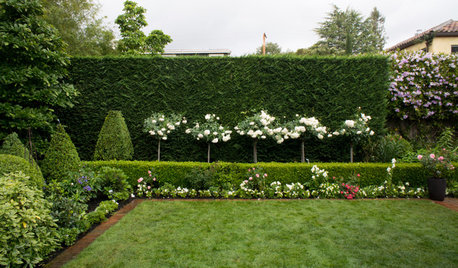
GARDENING GUIDESTake Care of Your Hedges With These Pruning Pointers
Hedging plants are often called the garden’s architecture. Here’s how to keep different kinds healthy and attractive
Full Story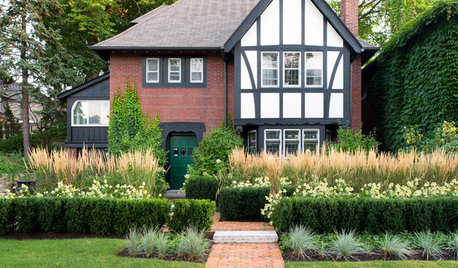
LANDSCAPE DESIGNHow Low Can Hedges Go? Discover Unusual Garden Borders
Short enough to step over, high enough to be a stretch ... check out these radically different hedge styles and tell us your opinion
Full Story
EDIBLE GARDENSSummer Crop: How to Grow Blueberries
Plant blueberries in spring or fall for garden beauty through three seasons — and a sweet superfood in summer
Full Story
GARDENING GUIDESNew Ways to Think About All That Mulch in the Garden
Before you go making a mountain out of a mulch hill, learn the facts about what your plants and soil really want
Full Story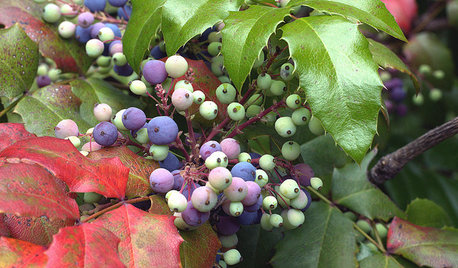
GARDENING GUIDESGreat Design Plant: Mahonia Aquifolium for Birds
Oregon grape puts on a bold spectacle from spring through winter and is ideal to brighten partly shady corners in the U.S. West
Full Story
EDIBLE GARDENSNatural Ways to Get Rid of Weeds in Your Garden
Use these techniques to help prevent the spread of weeds and to learn about your soil
Full Story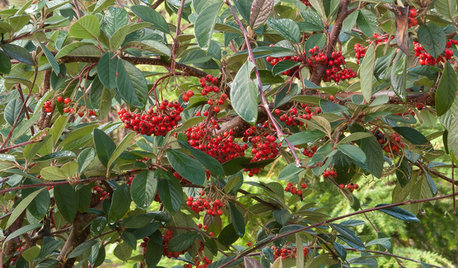
GARDENING GUIDESGreat Design Plant: Cotoneaster Lacteus
Parney cotoneaster is a low-maintenance, four-season shrub that offers great foliage, spring flowers and jewel-like berries
Full Story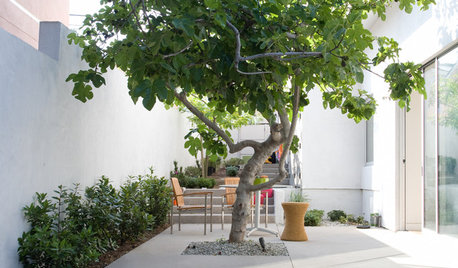
TREES10 Spectacular Trees for Courtyards and Tight Spaces
Here are some top small-scale trees for 4-season interest, easy care and little mess
Full Story
EARTH DAYThe Case for Losing the Traditional Lawn
Work less, help the environment and foster connections by just saying no to typical turf
Full Story
SIDE YARD IDEASNarrow Trees for Tight Garden Spaces
Boost interest in a side yard or another space-challenged area with the fragrance and color of these columnar trees
Full Story





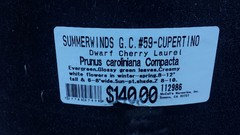
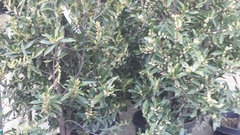

gardengal48 (PNW Z8/9)